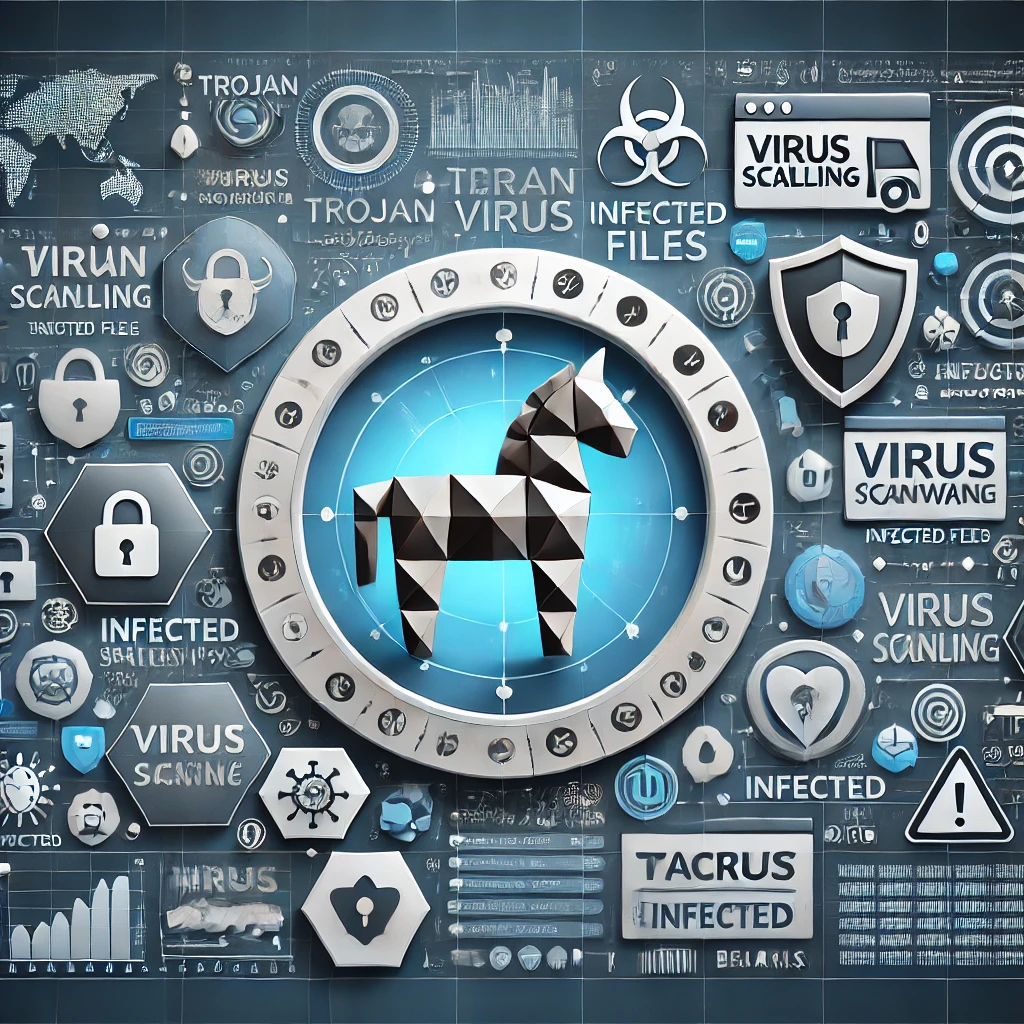Introduction
A Trojan, or Trojan Horse, is a type of malicious software that disguises itself as legitimate software to trick users into installing it on their systems. Named after the famous Greek myth, where a wooden horse was used to secretly invade the city of Troy, a Trojan virus hides within seemingly harmless files or programs and, once activated, can wreak havoc on the system.
How Trojans Work
Trojans are designed to appear as regular software. They may be hidden in attachments, free downloads, or even updates. Once the user installs or opens the infected file, the Trojan executes its malicious code in the background. From there, the virus can perform various tasks, such as stealing data, spying on user activity, or enabling hackers to gain unauthorized access to the system.
Common Types of Trojans
- Remote Access Trojans (RATs): RATs give attackers remote control over an infected system, allowing them to manipulate files, monitor user activities, and install additional malware.
- Banking Trojans: These are specifically designed to steal financial information, such as login credentials for online banking or payment systems.
- Backdoor Trojans: These create a backdoor for attackers to remotely access and control the infected system without the user's knowledge.
- Downloader Trojans: Their primary function is to download and install additional malicious software, such as ransomware or spyware, onto the compromised system.
- Ransomware Trojans: These Trojans encrypt files on the infected system and demand a ransom from the user in exchange for the decryption key.
Protecting Against Trojans
- Use Trusted Antivirus Software: A reputable antivirus program is your first line of defense against Trojans and other malware.
- Keep Software Up-to-date: Regular updates to your operating system and applications ensure that known vulnerabilities are patched.
- Be Cautious of Unknown Files: Avoid downloading or opening files from unknown or untrusted sources, as they could contain Trojans.
- Beware of Phishing Emails: Email attachments are a common method for spreading Trojans. Only open attachments from trusted contacts.
Conclusion
Trojan viruses are a significant threat to your system’s security and can result in data theft, system damage, and loss of control over your devices. By taking preventative measures such as using antivirus software, keeping your system updated, and being cautious with downloads, you can significantly reduce the risk of Trojan infection.
Leave a comment
Your email address will not be published. Required fields are marked *



.png)
.png)